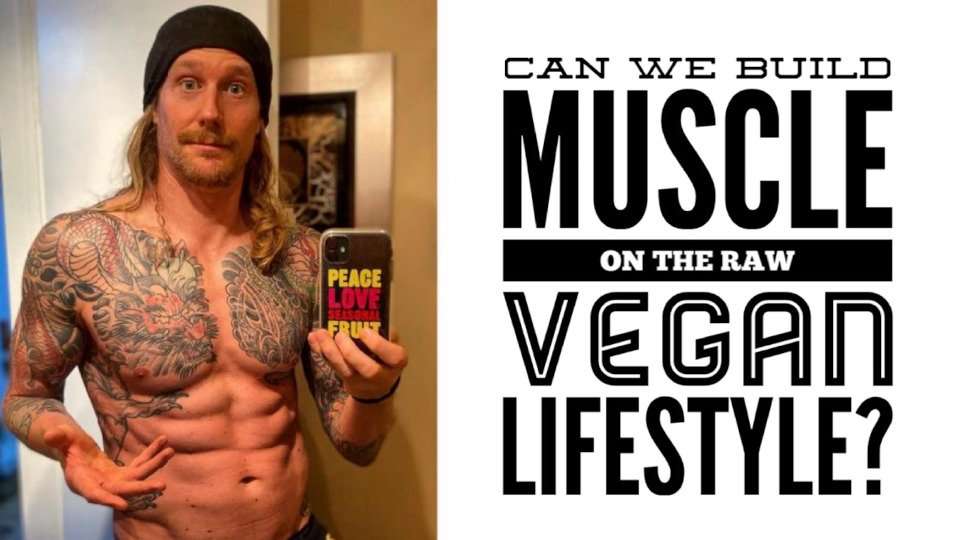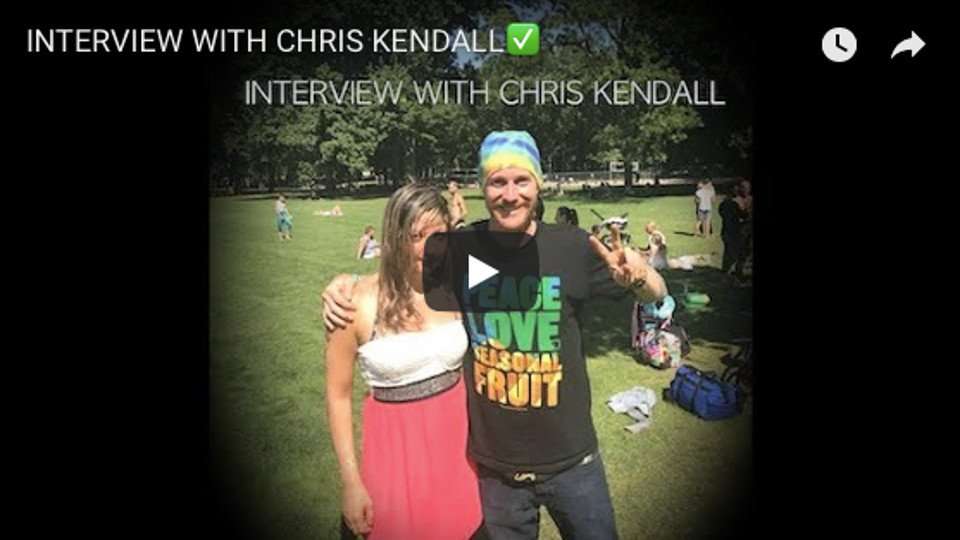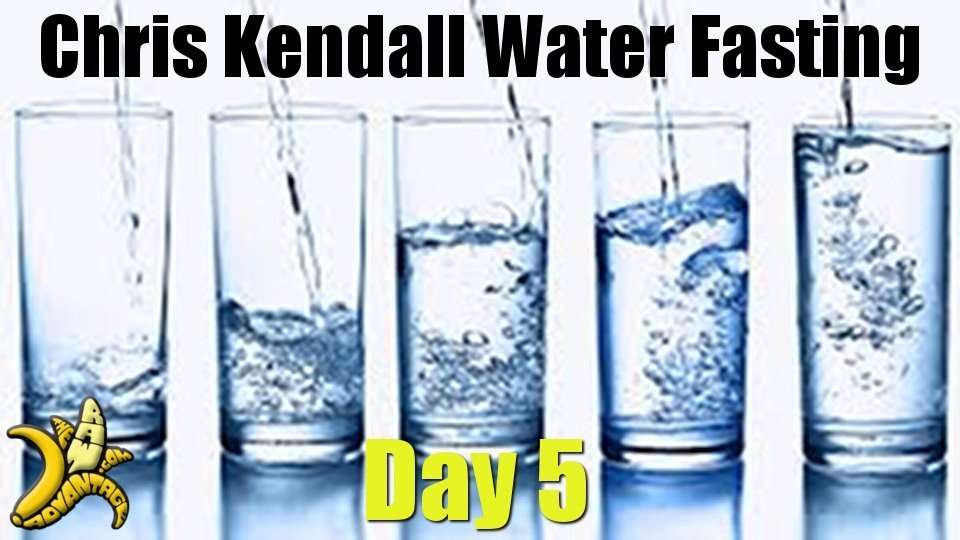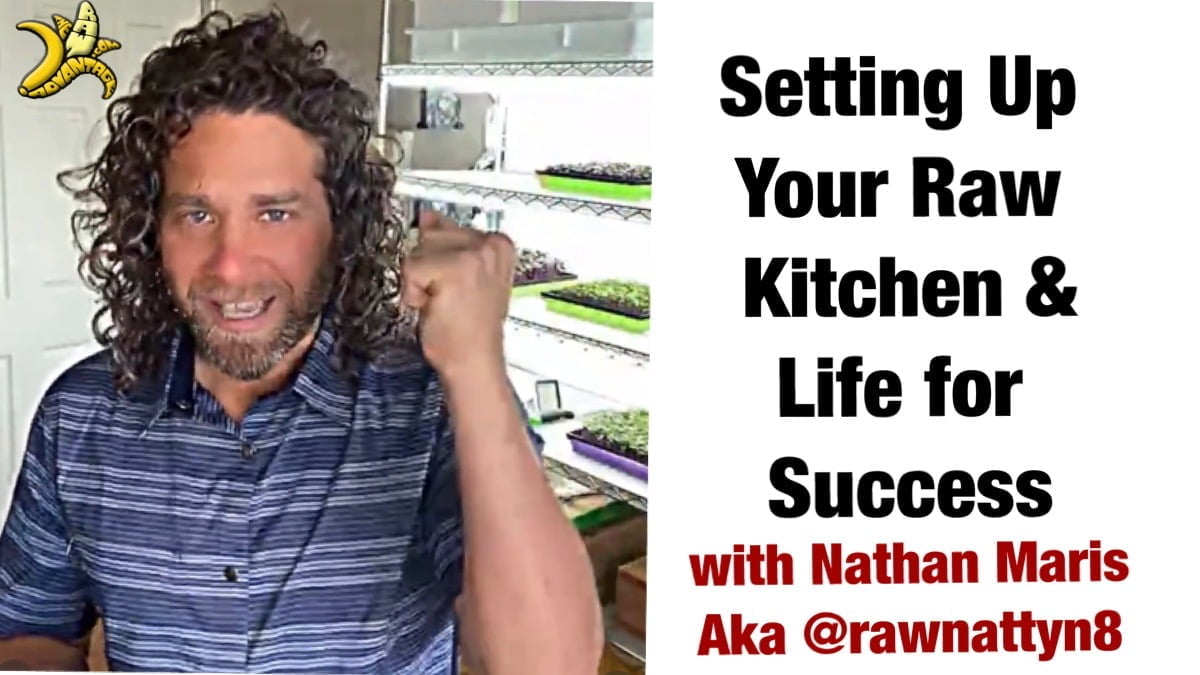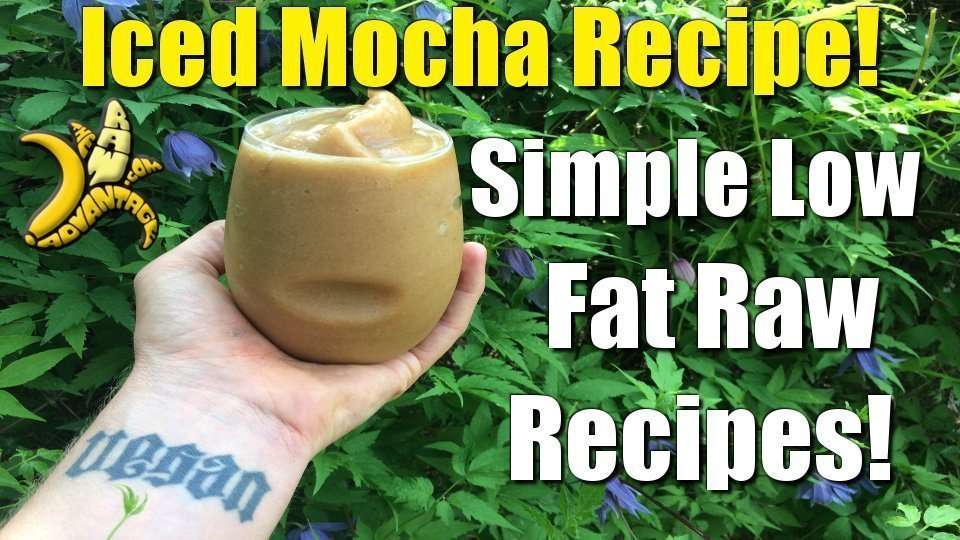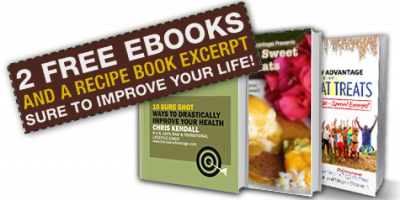Low Fat Raw vs No Fat Raw with Jesse Bogdanovich of TheWholeLifestyle.com
While at the 2019 UK Fruitfest my good friend Jesse Bogdanovich and I connect on the hot topic of how much fat is ideal and go into the line of thought;
if low fat is great, is no overt fat (nuts and seeds) even better?
Ding ding ding, in this corner we have
Low Fat Raw vs No Fat Raw!
Let’s begin!
Both Jesse and I have been in the raw food scene for a long time, myself for over 17 years, and Jesse for over 21 years. In that time we have both researched as well as experienced the drawbacks and benefits of various levels of dietary fat while on a raw diet. Beyond that, we have both helped hundreds, if not over a thousand people for Jesse, in the application of a raw food diet. From this, we have both noticed many trends and gained insights on specific health results while considering one’s overall fat intake. In this interview, we dive into our experience as well as the science around a low-fat approach to raw foods and ask the question, if low fat is good, is no fat better?
The literature is extensive on the benefits of a lower-fat diet, one of the best books, if not the best is “The 80/10/10 Diet” by Dr Douglas Graham. This book outlines what Dr. Graham, as well as the majority of scientific studies, vegan doctors, and health professionals, see as the optimal upper limit for fat, 10% or less on average. 80/10/10 simply put is a caloric intake ratio ( or caloronutrient ratio, another term coined by Dr. Graham) recommending that we get 80% or more of our calories from carbohydrates (fruit on a raw diet), and 10% or less coming from both fat and from protein for optimal health and fitness.
What this really ends up looking like is eating 90 – 97% of your calories from fruit, enjoying 2-6% of your calories from leafy greens, and 0 – 8% of your calories from other vegetables, fatty fruits, nuts, and seeds. While this may sound complicated to put it even more simply on an 80/10/10 style diet you eat fruit when hungry till full, with no restriction, generally starting every meal with fruit. When you don’t feel like fruit you would enjoy as many greens, fruit veggies, and veggies as you can enjoy and digest well. There is no restriction on fresh fruit or greens but most find it helpful to slowly increase the amount of greens over time working up to 1-2 lbs of greens/veggies a day on average. Lastly, on an 80/10/10 style diet one would eat roughly 1-2 handfuls of nuts seeds (soak those nuts) or 1/2 to 1 avocado on average, best served at the last meal of the day.
For the last 17+ years at the time of this post, I have personally followed these guidelines as my base with some flexibility, realizing that 80/10/10 is a ratio measured across days, weeks, months, and even the whole year. With this knowledge one may find that they feel best eating slightly lower fat, 5 – 10% during some months, often the summer, and slightly higher fat, 7-15% in colder months, and still be in the 80/10/10 range within the year. I also personally enjoy a slightly higher percentage of my calories coming from vegetables / swapping some of my greens calories from more veggies, but all in all, following a lower fat fruit and veggie-based raw diet. Jesse and I have also found that different people find ease in slightly different ratios, usually between 7-20% dietary fat, during different parts of their life for various reasons including athletics, climate, emotional well-being, availability, preference, and more.
We both felt this video was important as we have seen more than a few people lose their libido, muscle mass, hair, and have skin and tooth problems by excluding fat from their diet and eating too few calories. To drive the point home we have also both seen these same symptoms reverse once some modest amounts of fat were brought back into the diet and care was taken to make sure one gets enough calories and enjoys a varied well rounded raw foods holistic lifestyle. The one caveat here that we both agree on is that shorter periods of time on a no overt fat raw food diet can be helpful in some circumstances, such as resetting digestion, helping with candida, learning to get enough calories from fruit as well as for a more aggressive detoxification period.
I hope this interview on Low Fat Raw vs No Fat Raw helps you a ton, as mentioned in the interview do feel free to reach out to either of us for coaching!
Connect with Jesse on his site – https://thewholelifestyle.com
Instagram – https://instagram.com/thewholelifestyle
Facebook – https://www.facebook.com/TheWholeLifeStyle
Personal Facebook – https://www.facebook.com/Jesse.Bogdanovich
After this chat Jesse interviewed me asking the question
“Can we build muscle on the raw vegan lifestyle?”
Check out that interview Here!
Check out my recent interview with Jesse uncovering the
“Secrets and powerful healing available via The Whole Lifestyle”
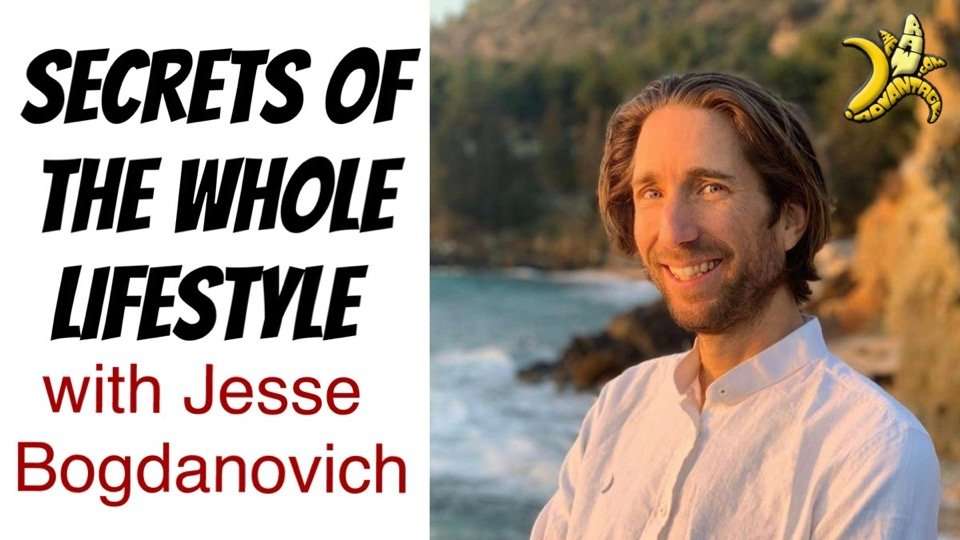
Blessed to share Jesse personal story with a severe vaccine injury and how raw food saved his life!
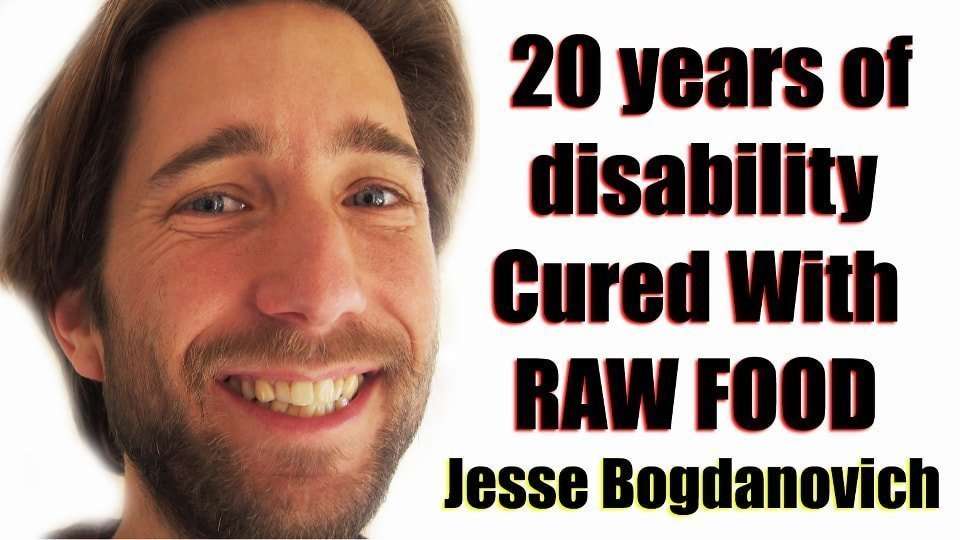
Jesse has a powerful story of healing and distills over 22 years of living as a raw vegan, coaching thousands of clients in his brand new book
“Best Tips & Recipes to Go n Stay Raw”!
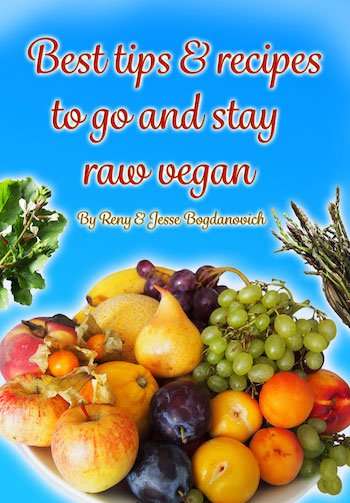
Coming soon on his Website – https://thewholelifestyle.com
Instagram – https://instagram.com/thewholelifestyle
Facebook – https://www.facebook.com/TheWholeLifeStyle
Personal Facebook – https://www.facebook.com/Jesse.Bogdanovich
Do take Jesse up on his offer to connect and grow together with his experience and giant heart!
Also, be sure to
check out the “80/10/10 Diet” by Dr Douglas Graham,
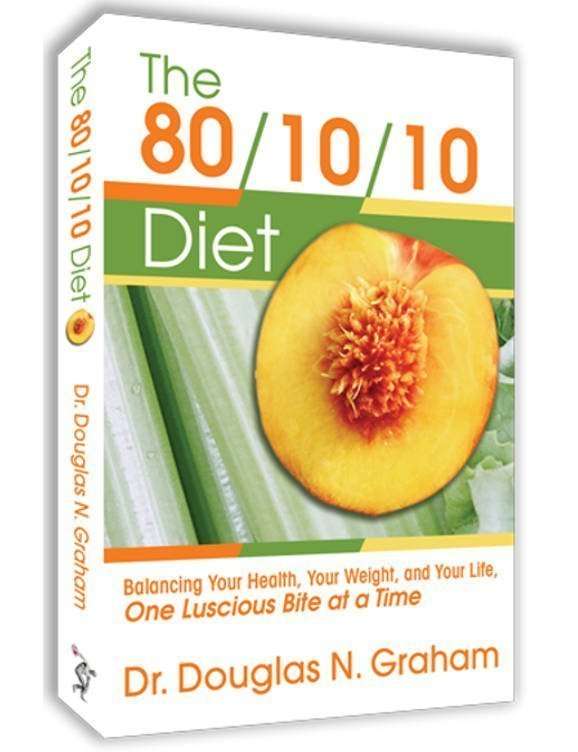
IMHO the best book on the raw vegan diet out there by far!
I really hope you enjoyed this post and video going into low-fat raw vs no fat raw and have come to a clearer understanding of what a balanced low-fat raw diet looks like.
As Always
Wishing You Much
PeaceLovenSeasonalFruit ck
